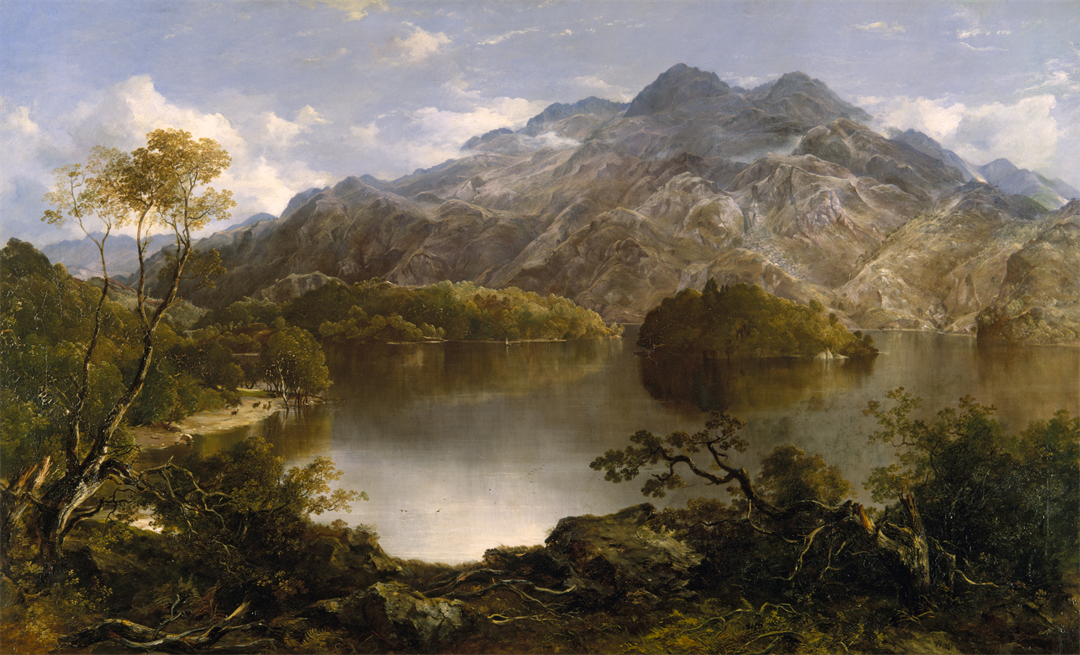Enter a search term above to search our website
Pages
News
Star Objects

Horatio McCulloch’s Highland landscapes were romantic and dramatic, ground-breaking works for their time. This oil painting, with the mountain, Ben Venue in the background, was inspired by Sir Walter Scott’s poem, The Lady of the Lake (1810). After the poem was published, Loch Katrine in the west of Perthshire, became a major tourist attraction.
During his lifetime, Horatio McCulloch (1805-1867) became the best-known and most successful landscape painter in Scotland. His works were part of a wide-ranging cultural shift which reframed the Scottish Highlands as an empty wilderness, a modern conception which disregarded the Highland communities that were being denuded through the social and economic forces of the Clearances, and contributed to the erasure of Gaelic language and culture. We live with the legacy of this orchestrated conception and the idea of the Highlands as an expansive and empty wilderness is still used to promote Scotland and Scottish products.